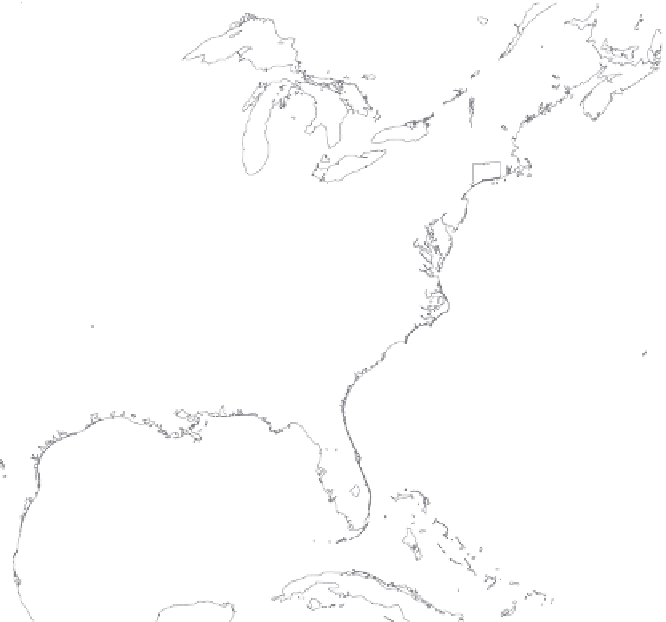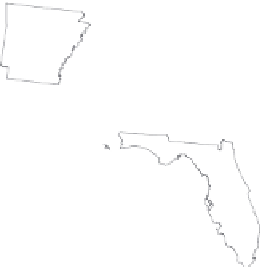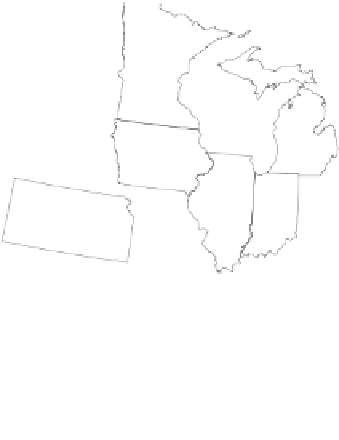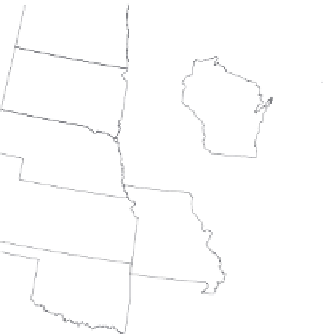Geography Reference
In-Depth Information
19
11
1
1
1
11
19
33
28
33
3
3
3
33
33
2
22
2
2
2
228
22
222222222
111111116
16
10
11
1
1
1
11
10
11
1
1
1
11
18
11
1
1
1
11
18
18
18
14
111111114
18
11
1
1
1
11
18
13
11
1
1
1
11
13
33
3
3
3
33
37
37
13
11
1
1
1
11
13
55
5
5
5
55
56
56
1
11
1
1
1
114
14
13
11
1
1
1
11
13
111111112
12
1
11
1
1
1
110
7
7
10
3
3
4
4
5
5
6
6
6
6
8
8
7
7
1
11
1
1
1
11
0
8
12
11
1
1
1
11
12
10
8
1
11
1
1
1
110
10
8
8
8
8
11
11
1
1
1
11
11
8
8
8
8
9
9
7
7
6
1
11
1
1
1
110
7
7
6
6
10
7
7
6
7
7
6
6
8
8
7
7
7
11
12
1
1
1
112
9
7
8
12
9
8
11
11
1
1
1
11
11
8
8
8
8
6
6
6
6
6
7
7
7
7
6
6
6
1
11
1
1
1
111
11
6
6
6
6
4
4
6
6
0
500 km
4
4
5
5
Hurricane Return Period (years)
Yearly Hurricane Risk (%)
10
1.7 - 5
5 - 10
10 - 20
20 - 25
25 - 30
30 - 33
Report based on the Atlantic Hurricanes landing
in the U.S.A. from 1851 to 2006
Source: NOAA
Technical Memorandum NWS TPC-5
April 2007
Designed and made by JM Zaninetti, University of Orleans, CEDETE Institute
Figure 1.9.
Average annual Atlantic hurricane hazard assessment
Hurricanes (otherwise known as cyclones) form in the middle of the Atlantic
Ocean, often in late summer (see Figure 1.9). During the hurricane season, which
generally runs from June to November, about 15 tropical storms form in the Atlantic
Ocean and move from east to west, before rising north towards the United States. On
average, eight of these storms turn into hurricanes, with winds of at least 120 km/h.




































































































































































































































































































































































































































